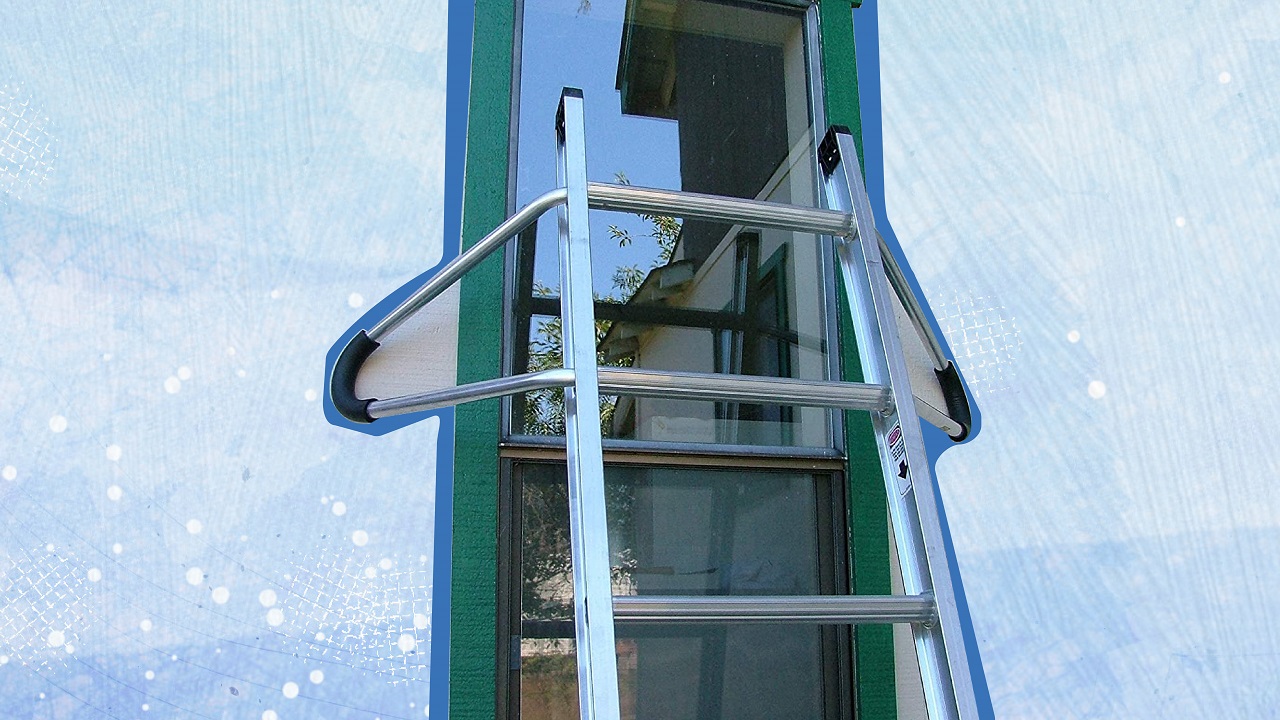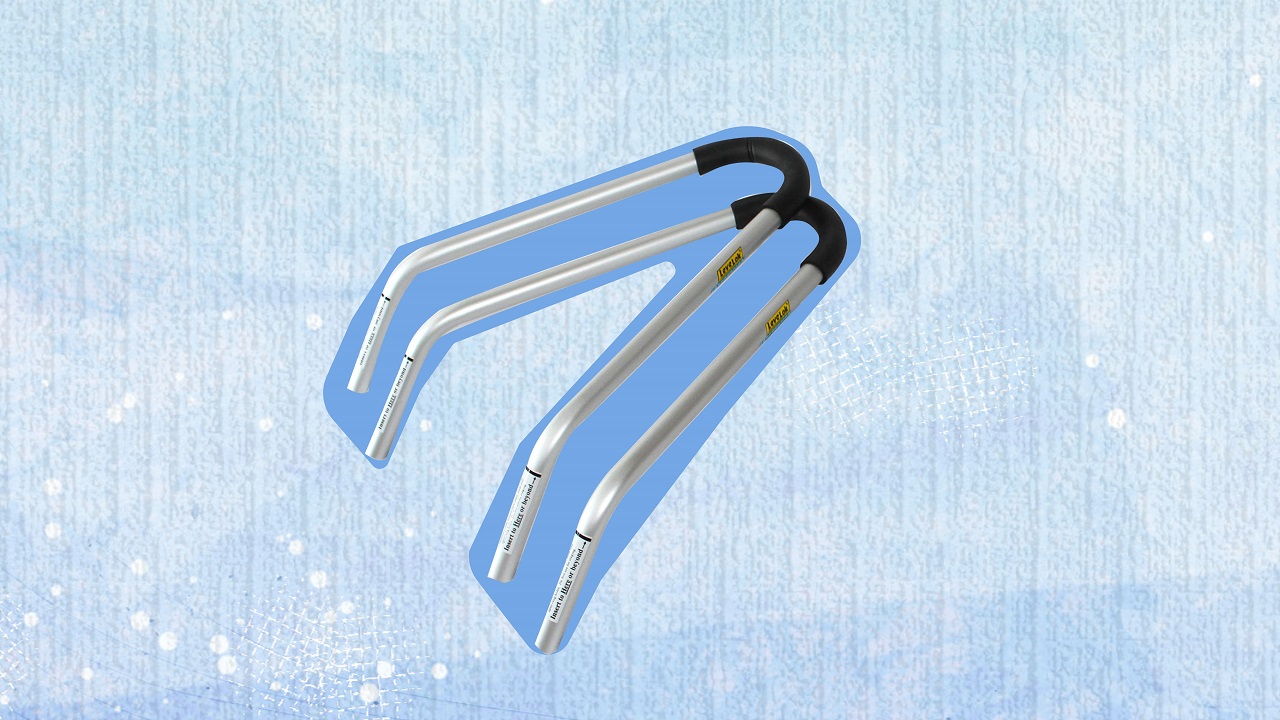Ladder stabilizers can be used with telescoping ladders to make them more stable and secure. These essentially help distribute the ladder’s weight evenly across all areas and prevent it from slipping when being used.
If you own a telescoping ladder and have been wondering whether a ladder stabilizer can be used to make it safer, the answer is yes. Ladder stabilizers are a great way to ensure that you can get your work done efficiently and be safe doing it.
Why Are Telescopic Ladders Better Than Extension Ladders?

A telescopic ladder has various benefits when compared to a traditional extension ladder, like:
1. Easy Storage
Telescoping ladders are incredibly lightweight with highly efficient retraction abilities that enable users to store these ladders in small spaces. Since they take up such minimal space, they can also be stored in your vehicle, unlike an extension ladder that can be in bulk.
2. Portability
As mentioned, a telescopic ladder is made of airplane-grade aluminum and fiberglass, and an extension ladder is made of steel. This makes them a pretty lightweight ladder when compared to the best extension ladders.
The materials will ultimately come into play when you would have to move your ladder around. Long story short, you can carry these ladders even with one hand when working around the house or garage.
3. Multiple Uses
If you require a multipurpose ladder, a telescopic ladder is the way to go. Unlike aluminum extension ladders, these have a commendable locking mechanism and extension properties.
Such features make them ideal for various purposes, from home maintenance to construction. You can even find telescoping ladders that can be used on boats! We have a guide to “how to install a telescopic boat ladder?” if you want to know more.
What Is A Ladder Stabilizer?
As the name suggests, a ladder stabilizer is usually a piece of metal or aluminum used to stabilize a ladder. It is attached to the very top to ensure the safer use of the ladder. The stabilizer acts as a leveler, offering more stability and preventing collapse, especially when you have to access hard-to-reach corners. More stability helps enhance the weight capacity of the ladder, making it more effective.
Furthermore, these stabilizers can come in various sizes and types depending on the ladder you use, the ladder’s height, and the job you plan to do.
The most commonly used type of stabilizer is a long piece of metal that can be bent at every corner. This gives the ladder the ability to rest against the walls of your house. The ends of ladder stabilizers usually have some rubber or plastic covering, which are called surface protectors.
These prevent your floor from scratches and provide extra safety, thanks to the grippers attached to them. Hence, you would not have to worry about the ladder slipping anymore.
Can You Attach A Stabilizer To A Telescoping Ladder?
Yes, a stabilizer can be used with any ladder, including a telescoping or extension ladder.
You can start by placing the telescoping ladder on any raised ground or surface and holding the ladder at the correct angle. Make sure to slide the ladder up by an initial top rung or two (or the top rails). Push the accompanied rings onto the stabilizer bar and push the bar against the bottom rung of the ladder. Make sure that you push the couplers provided into the ladder.
Attach the bolt to the ring outside the ladder and the coupler. Tighten the stabilizer bar with the screws provided. Your ladder is now ready to be used.
Note
Do keep in mind not to adjust any rungs of the ladder while stepping on it. This may interfere with the locking mechanism and cause the ladder to become unstable.

Ladder Stabilizer Final Words
To summarize, the telescoping ladder has multiple properties that make it versatile. And adding a stabilizer makes it an excellent choice for a safer work environment.


